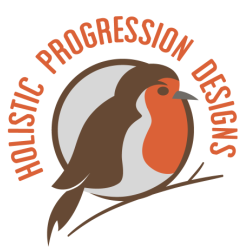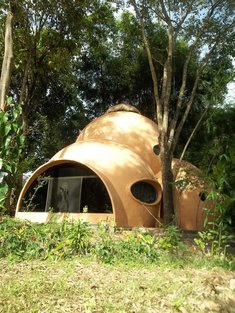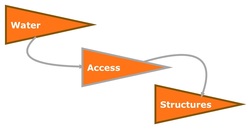
There are many examples of this. One I would like to highlight here is creating a natural swimming pool that stores water and increases the value of the property, while providing you with a non toxic building material. This can be applied in you back garden or, on a bigger scale, it is a great way to kick start a project.


























